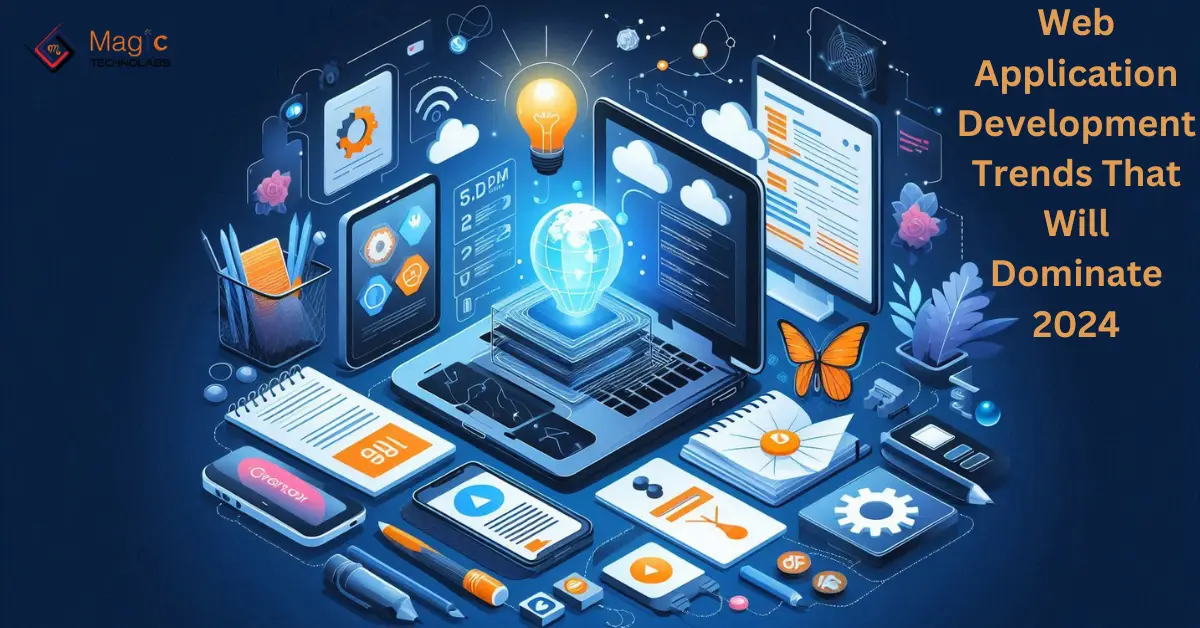Let’s lightly step into the fascinating trends for web app development in 2024. This means that the digital business environment is changing at a rate faster than any other environment and it is time to adapt. Here are some of the trend that is expected to make rounds this year:
1. The Rise of Progressive Web Apps (PWAs): As we have seen, the PWAs are the future of mobile web applications. They combine the best of both worlds: faster and more reliable in comparison with web applications, yet they are not as accessible as web apps. Why not have apps that can be used without Internet connection, business apps that can send notifications or business apps that can be set on your home screen. Basically, it has all the features of an app that is downloaded from the app store and installed on the customer’s device without all the processes that come with app store installation.
2. The Power of Serverless Architecture: Welcome to the new era where you don’t have to bother about managing servers. Serverless architecture means you do not have to be chained to the details of architecture, you can just build amazing features. What can I say, it’s like have all your backing done by a crew of hardworking dwarves except they are invisible.
4. The Embrace of JAMstack: JAMstack (JavaScript, APIs, and Markup) is a contemporary model of web development, which focuses on such factors as performance, protection, and flexibility. People are using such jargons such as writing this is similar to constructing a website with Lego bricks in which parts can be added and reconfigured.
5. The Design-First Mentality: This means the design will occupy more importance in the year 2024 than it does today. Other aspects that will also have a bearing on the success of a web app will be the user experience (experience design or UX) and the user interface (interface design or UI). That means thinking simple, beautiful, user-friendly navigation, and an easy-to-use interface.
6. The Focus on Accessibility: The accessibility of web apps is now a requirement and not some sort of a luxury that one would like to have. From generating descriptions of images to checking how well your application is compatible with the assistive technologies, accessibility should not be an afterthought.
















